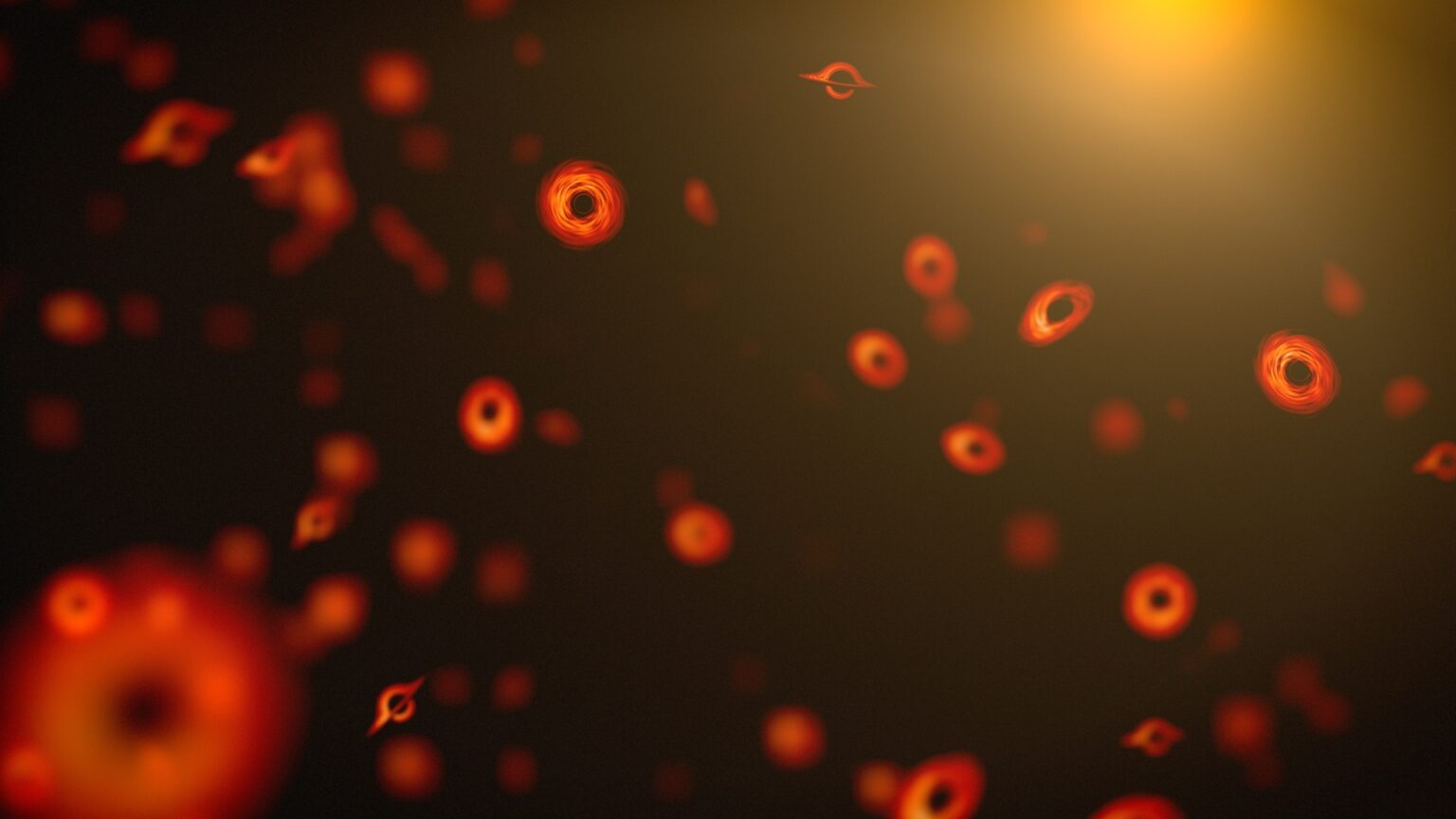Smile! It is easy for a person to respond to this command. Even if we least want to laugh, we can always force ourselves smile. It’s something inherent to our species. What about other animals? It is true that there are some whose face seems to be frozen in a perpetual grin. It also seems that other animals smile on certain occasions. But do laughter or facial expressions have other meanings?
It all depends on the animal we are talking about. Children’s fairy tales are full of animals that laugh, although in reality they do nothing of the kind. Who hasn’t seen laughter hyenas Lion King? They are depicted as animals with an evil, but nevertheless laughing laugh. However, these are not smiling animals and are not that bad. They simply make sounds reminiscent of human laughter. And they are scavengers, but that doesn’t make them evil.
Stories and cartoons also often depict hippopotamus like a smiling animal. There’s even a candy called “Happy Hippo.” However, although the half-open position of their mouth resembles a smile, they are quite unfriendly animals. Really cruel. What about quokkas? This animal, which resembles a smiling teddy bear, makes us die of love every time we see it, but it’s just about the expression on his face. He does not smile and, moreover, does not hesitate to defend himself if he feels threatened. For this reason, the emergency room on the Australian island where he lives is constantly visited by tourists who have been bitten while trying to take a selfie.
Putting that aside, there are animals that smile. half-open grimace of the mouth This is a smile. Sometimes they use it to communicate with each other, and sometimes they use it to address people. Although intentionality is not always exactly the same as ours.
A recent case of a dolphin smile
In a recently published study, a team of Italian and French scientists published their findings about one of the animals that smile: dolphin
In particular, they focused on bottlenose dolphin (Tursiops truncated). We all imagine these marine mammals as happy animals, both because of their playful behavior and because of that grimace that so closely resembles a smile. They don’t always do this, so perhaps when they open their mouth their intention is to actually play. Or maybe not.
To verify this, scientists analyzed 80 hours of video in which they appeared 22 dolphins recorded at the water park. They mostly focused on their faces when playing with other dolphins, with keepers, or alone. For all this time everything 1228 timesof which 92% occurred while they were playing with other dolphins. Clearly there is a pattern. Moreover, they noticed that they usually do this when another dolphin is looking at them. They communicated with smiles. And, in addition, smile contagion was observed in a third of dolphins. When one dolphin opened its mouth, so did the other.
This does not guarantee that it is a smile, but it gives many evidence in favor. Of all that has been studied about smiling animals, this appears to be the closest thing to human laughter outside the order of primates.
Of course, primates are also animals that smile.

It is logical that this list of animals that smile includes primates. For example, it was noticed that chimpanzee facial muscles It allows them to smile just like us. In fact, they can adapt it to circumstances, laughing more or less widely, depending on the situation.
There have been studies that have used coding systems to compare chimpanzee smiles to human smiles, and it has been observed that they are indeed capable of smiling just like us. This most often happens during social gaming, so it’s not a coincidence.
Does your dog smile at you?

Who has never felt their dog smile when looking at their face? The reality is that it is, but not quite for the same purpose as we are.
These animals have a number facial expressions much smaller than ours. That’s why veterinarians recommend look at your whole body when interpreting what they feel. It is true that an upturned muzzle and a half-open mouth exposing the teeth can be considered a smile. But it’s also a sign of nervousness. Therefore, more factors need to be taken into account. If the muscles are relaxed and the tail is down or moving, they are more likely to be happy. This could be mistaken for a smile. But if they tense up, raise their ears, and breathe differently, it could be anxiety.
Now, when these animals smile, they don’t do so because they’re having fun playing with their peers, like dolphins or chimpanzees. This is his feature domestication and it seems like with them they are trying to manipulate us to get what they want.
This was seen in a study where a closed container of meat was placed in front of a group of people. wolves and one more from dogs. The wolves were simply trying to open it. Instead, the dogs looked at people with a charming half-smile. How can you not open the container for them if they look at you like that?
Are pigs smiling animals?

There is some confusion with pigs. They are often depicted as smiling animals in the pages of vegan activism. The goal is to demonstrate that These are very emotional animals what they feel and suffer. And this is true, but it is impossible to say for sure that they are smiling.
They have been found to change their facial expressions when looking at other pigs depending on their mood. This prompted some scientists to develop artificial intelligence algorithms are able to associate their condition with changes in their face. This way you can find out, for example, when they are suffering from an illness. But a grimace comparable to laughter could not be determined.
Despite this, of course, these are emotional animals who feel and suffer like everyone else. Humans are not as special as we think when we compare ourselves to other species.
That being said, the next time a community worker smiles at you, smile back. He can do it without a dolphin, and so can you.
Source: Hiper Textual













